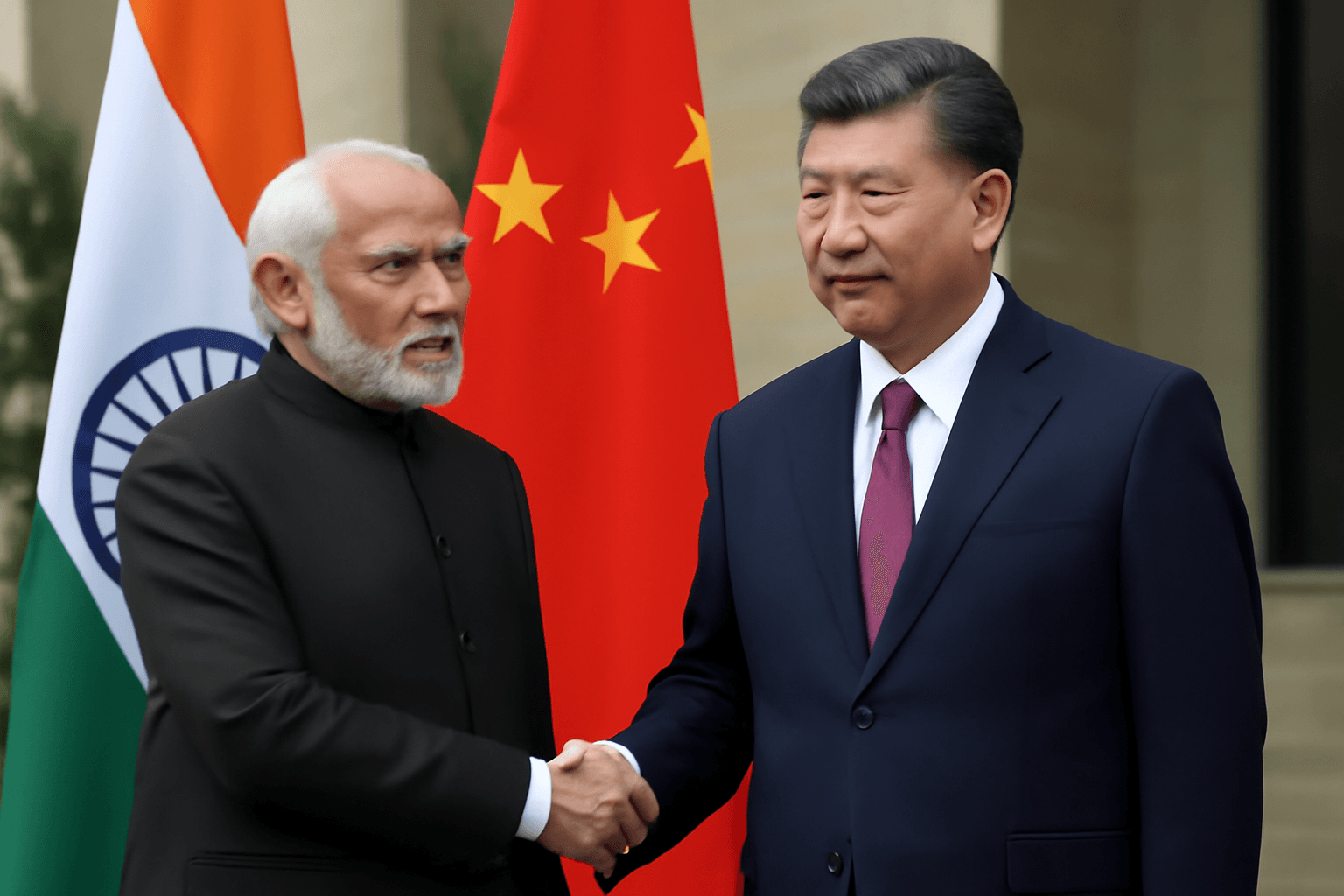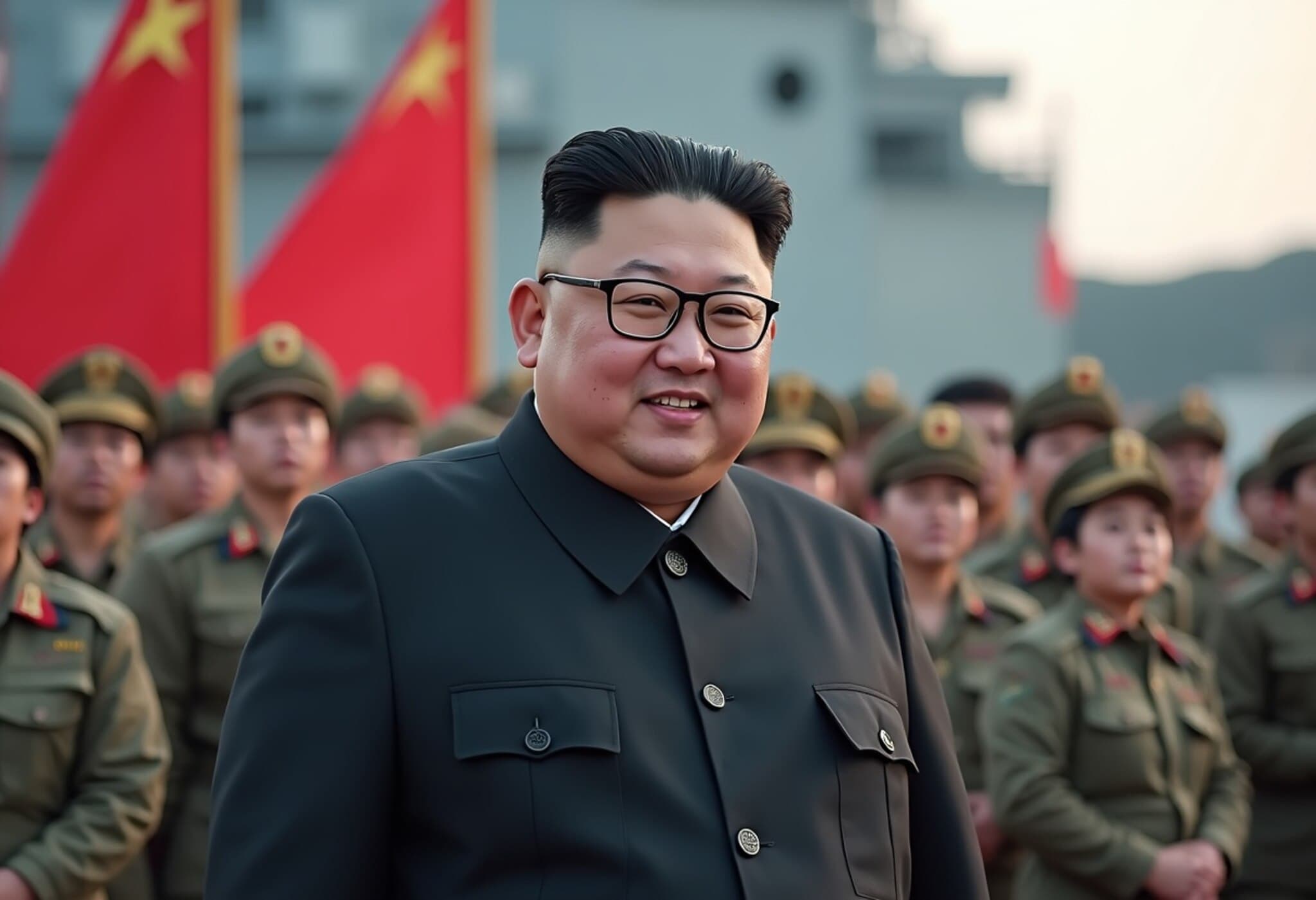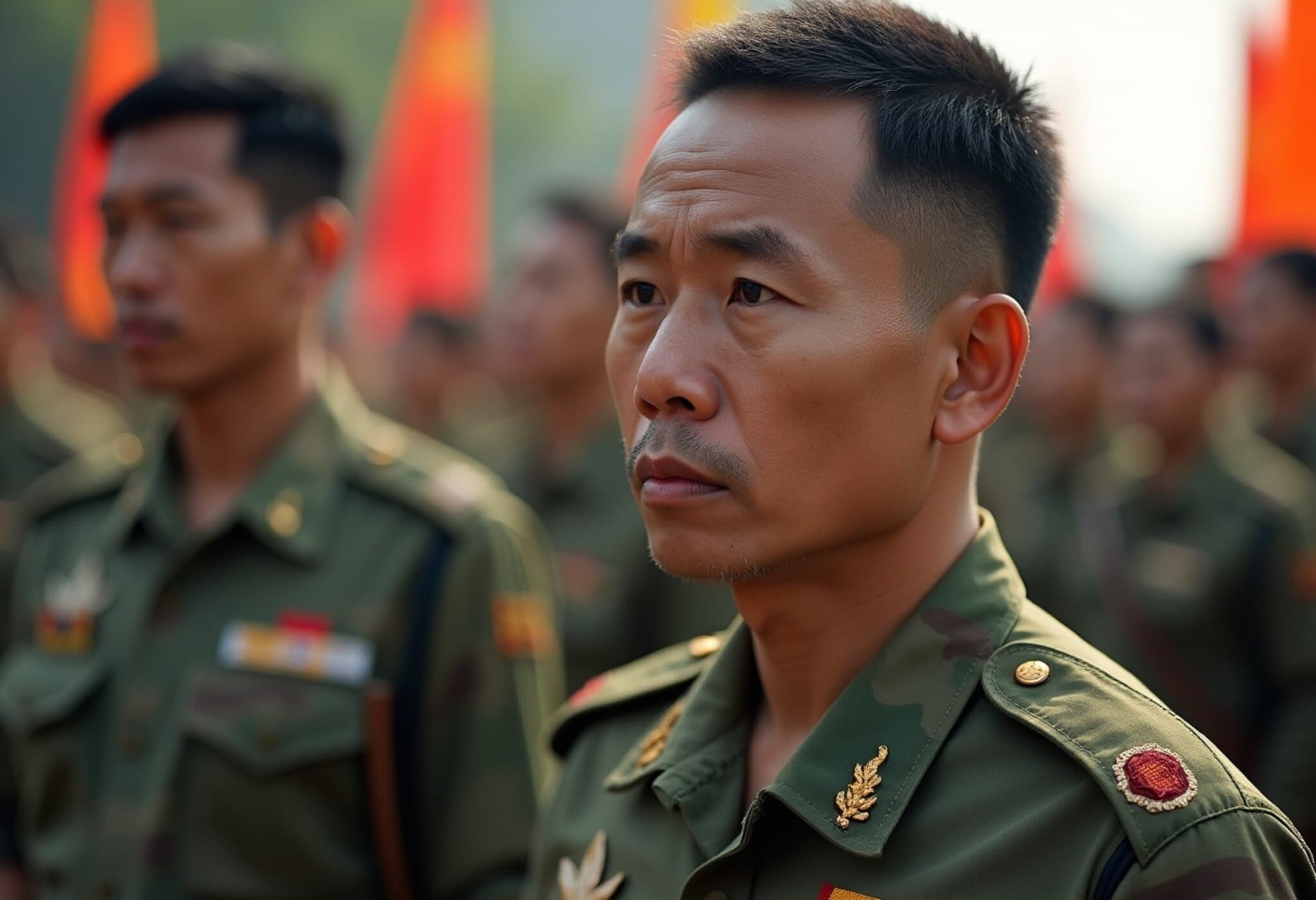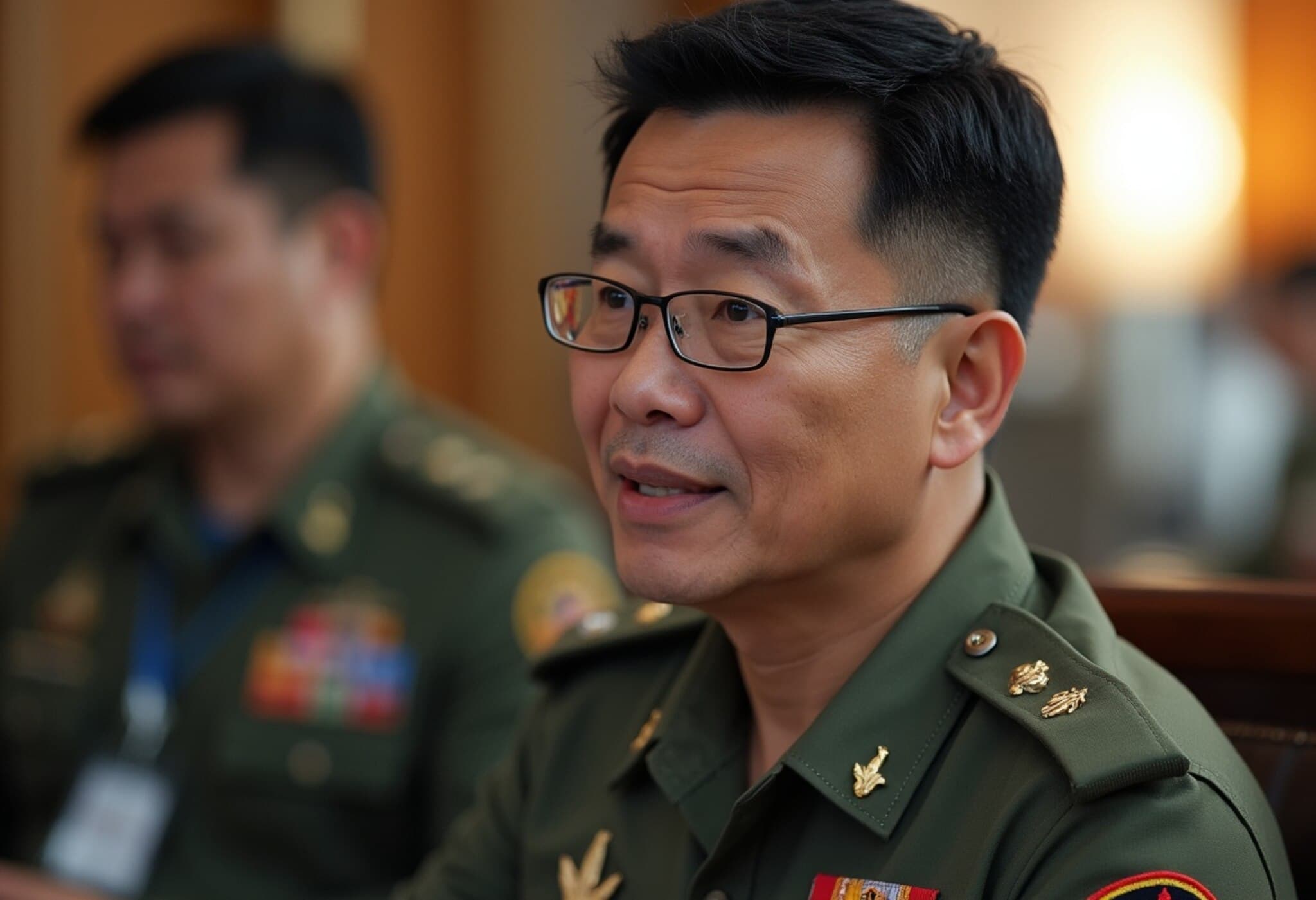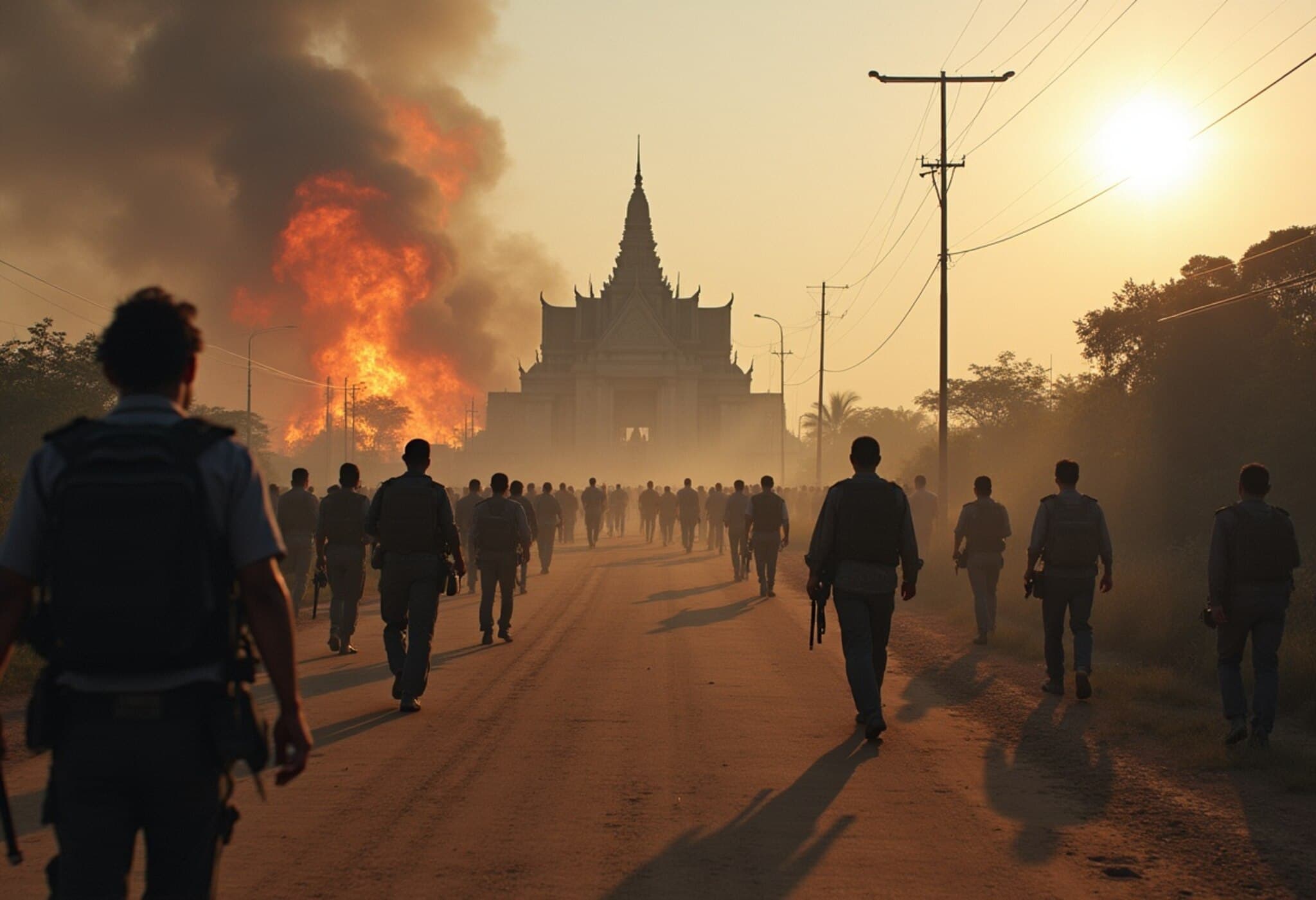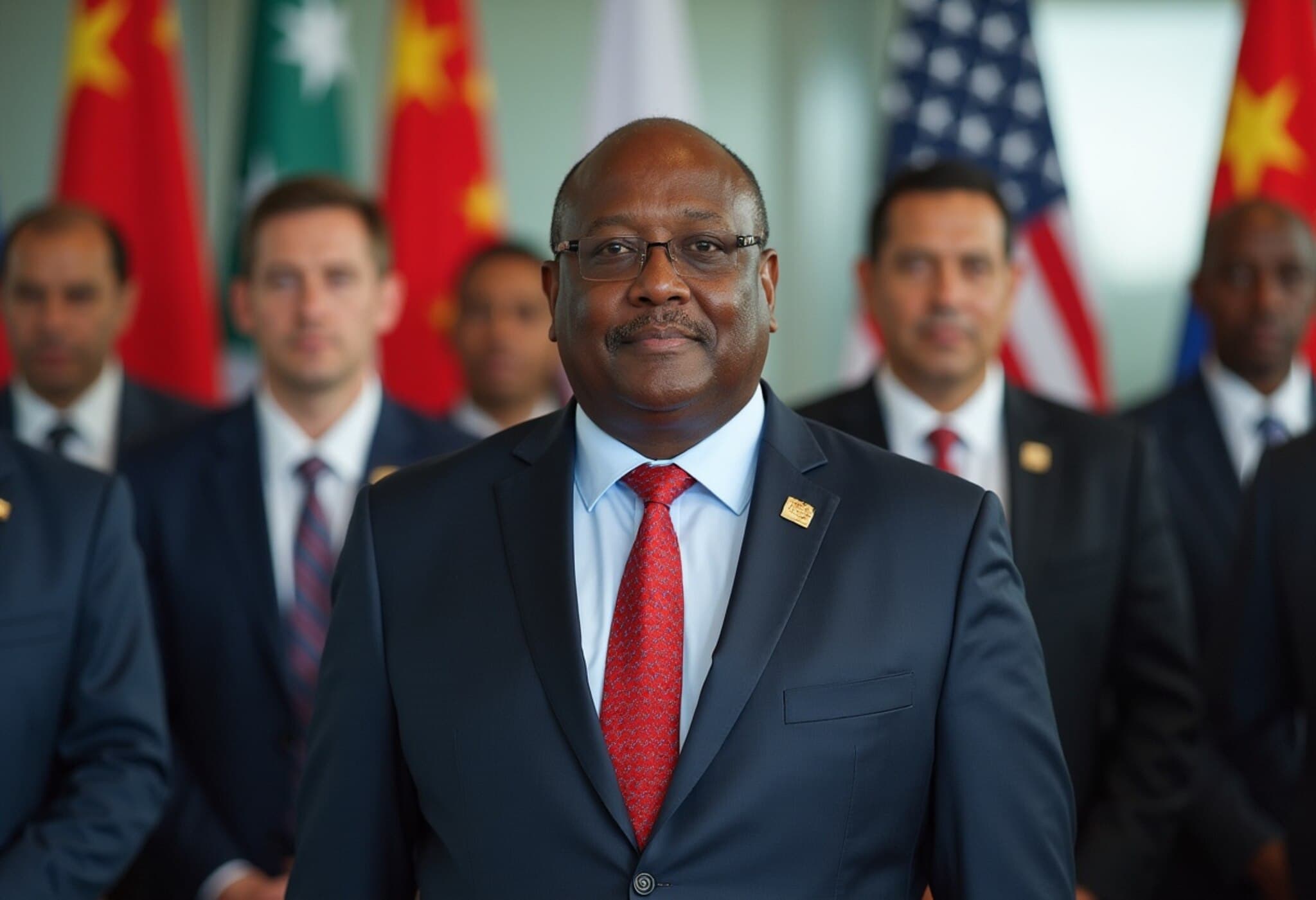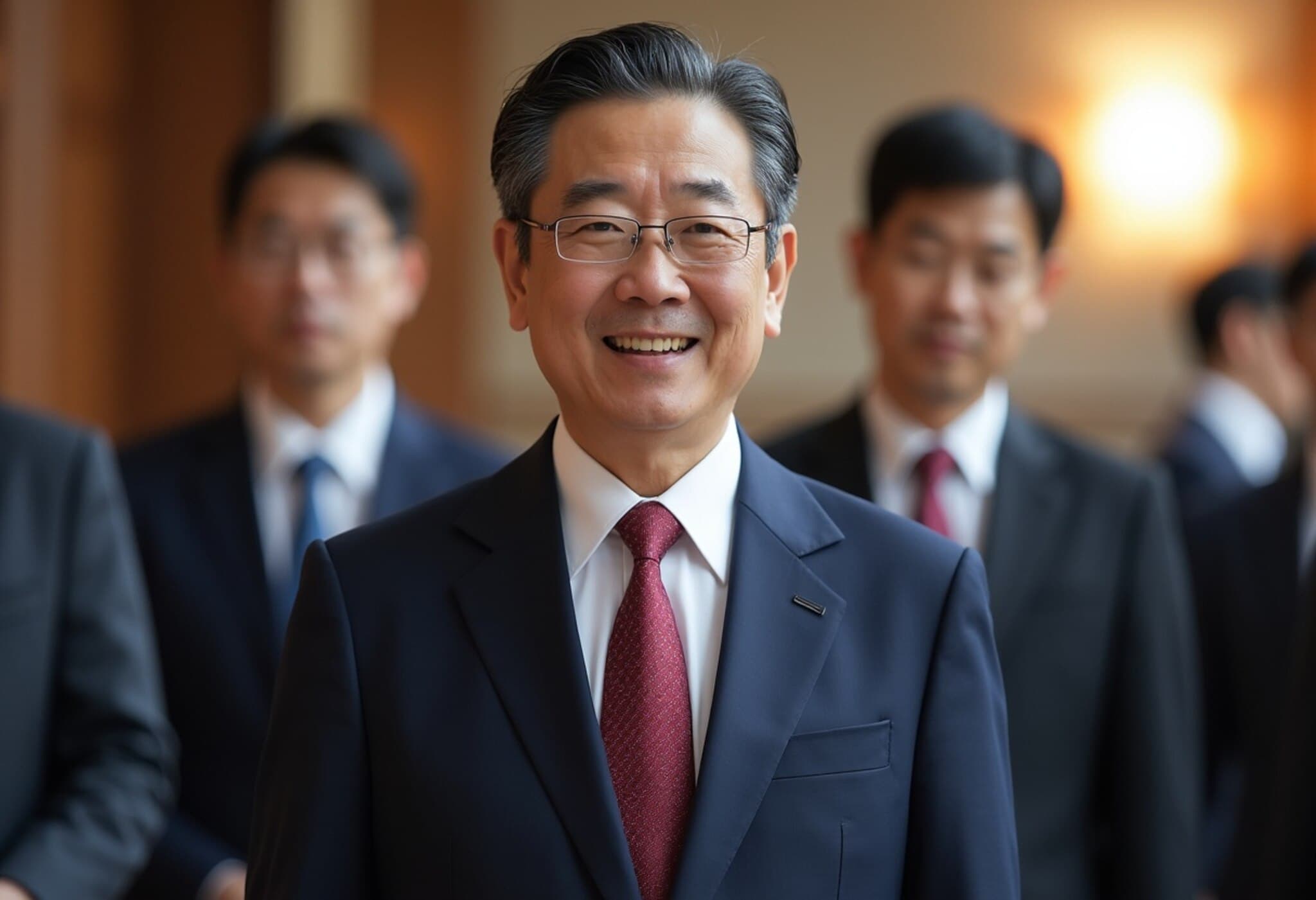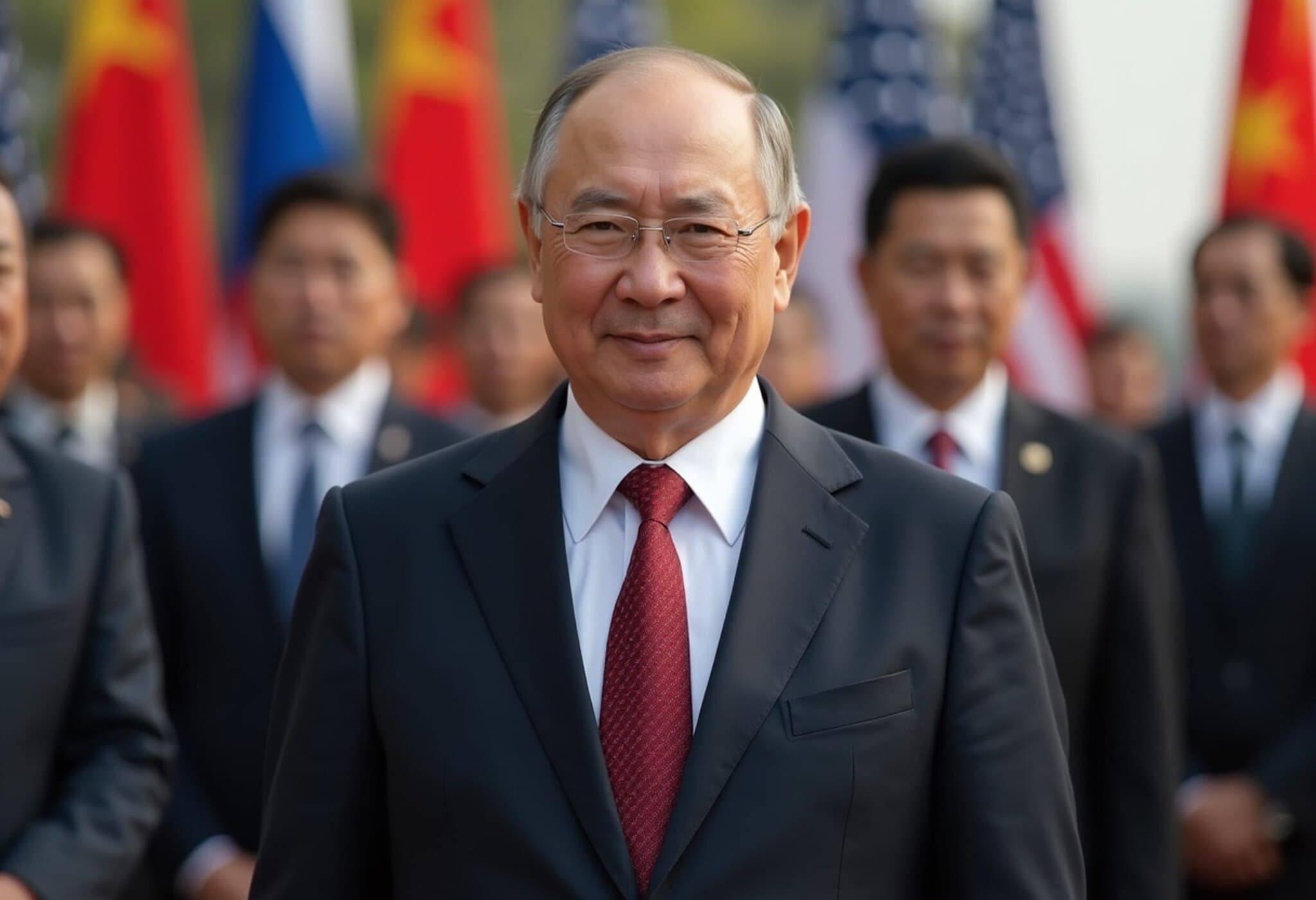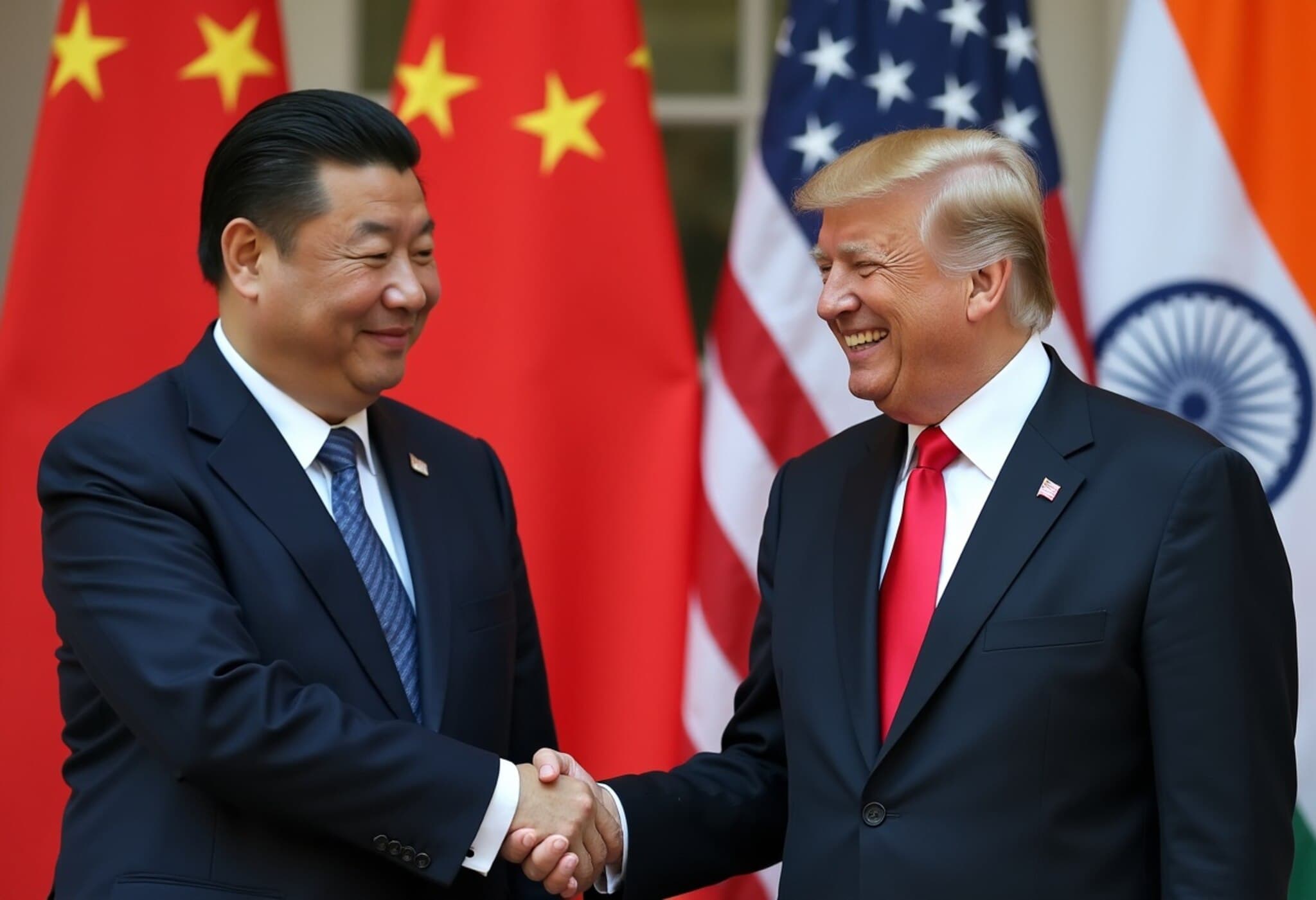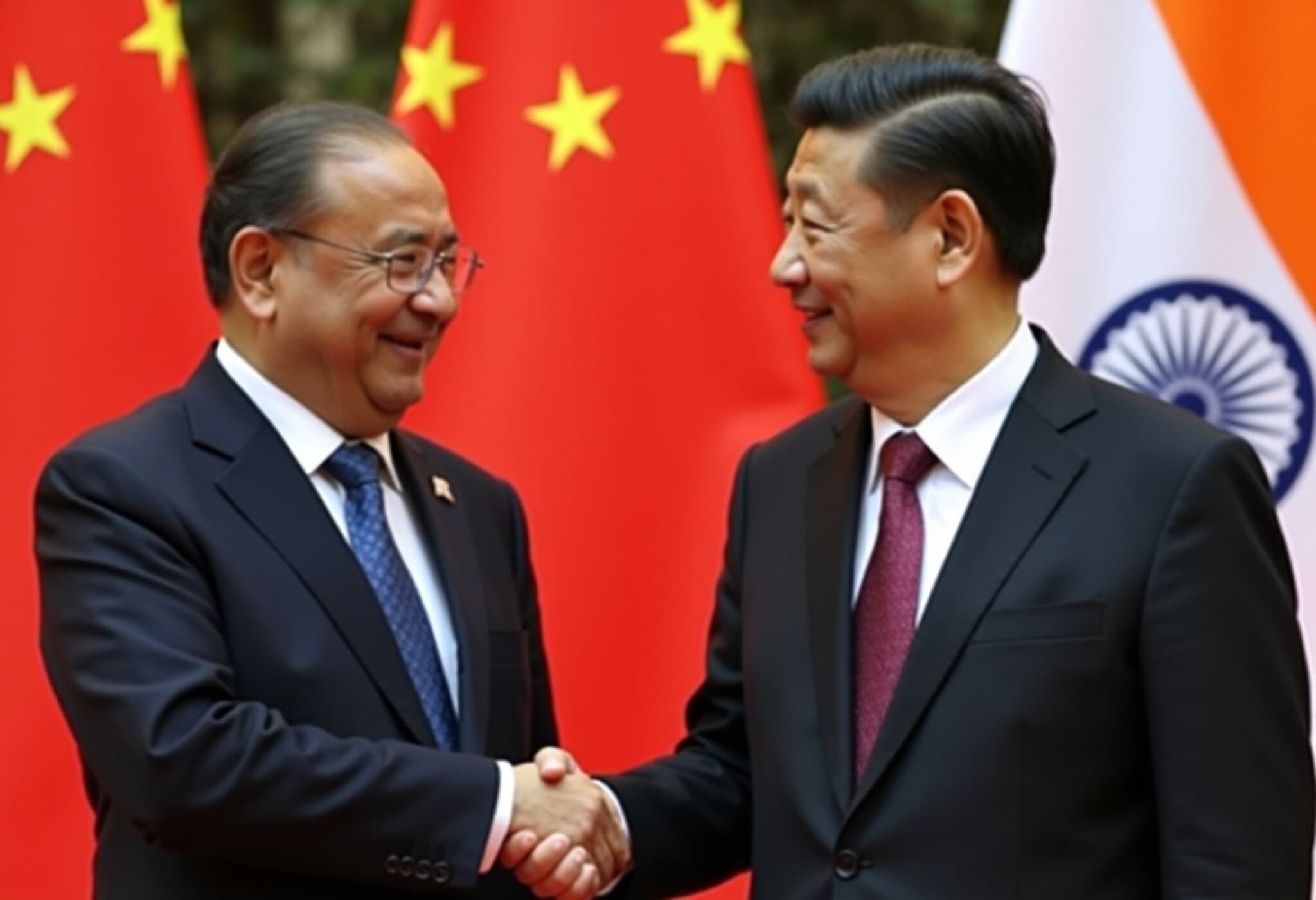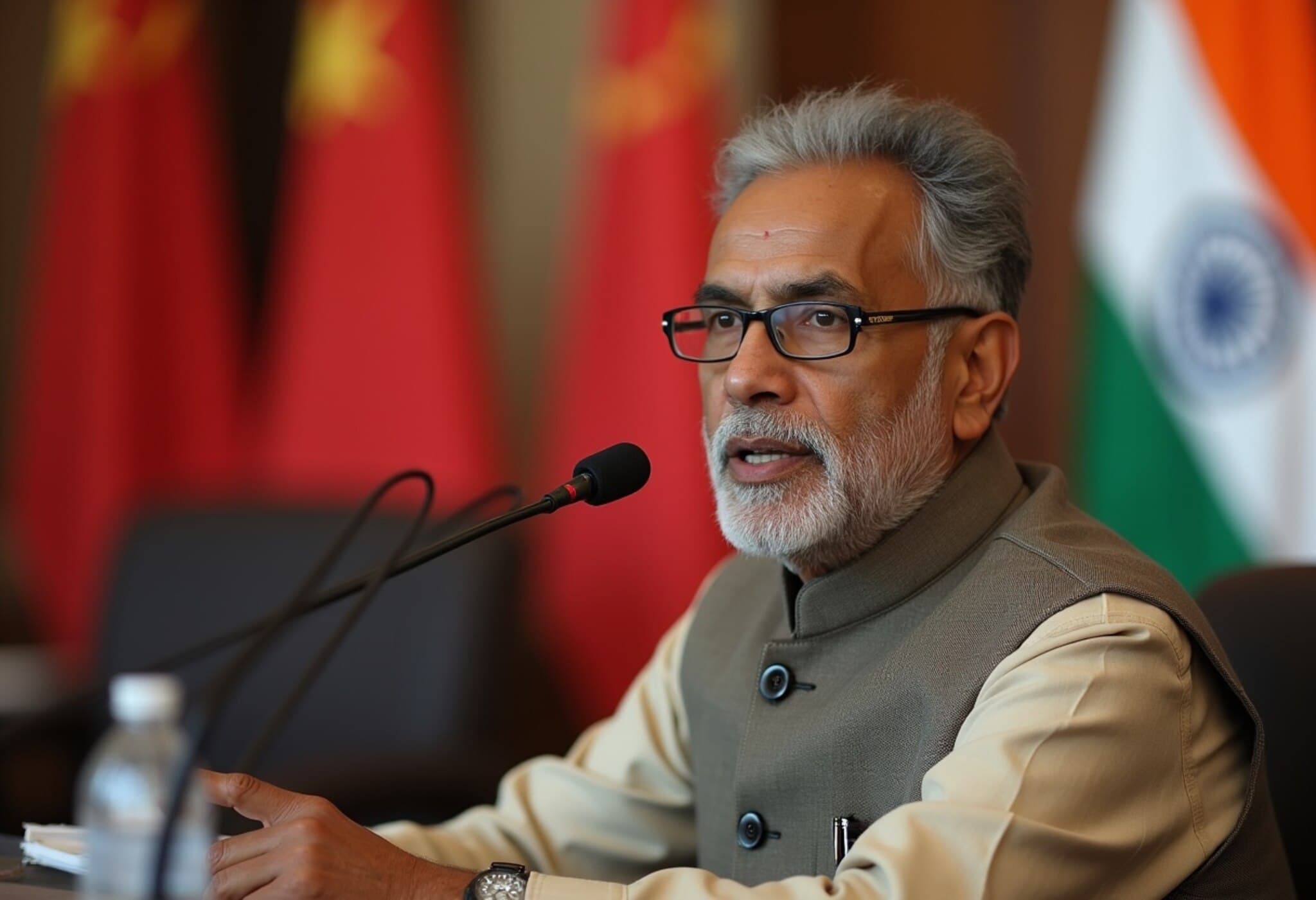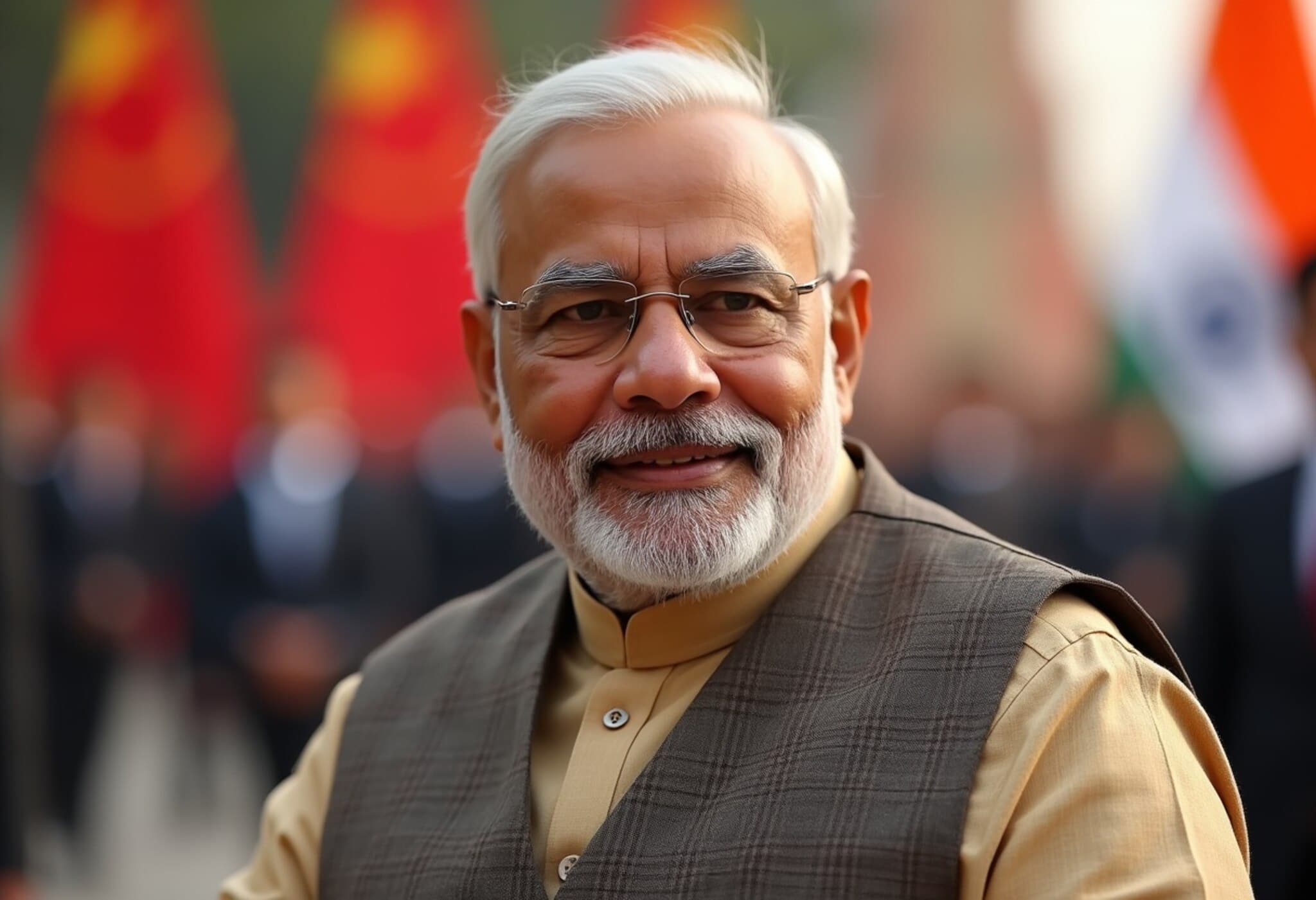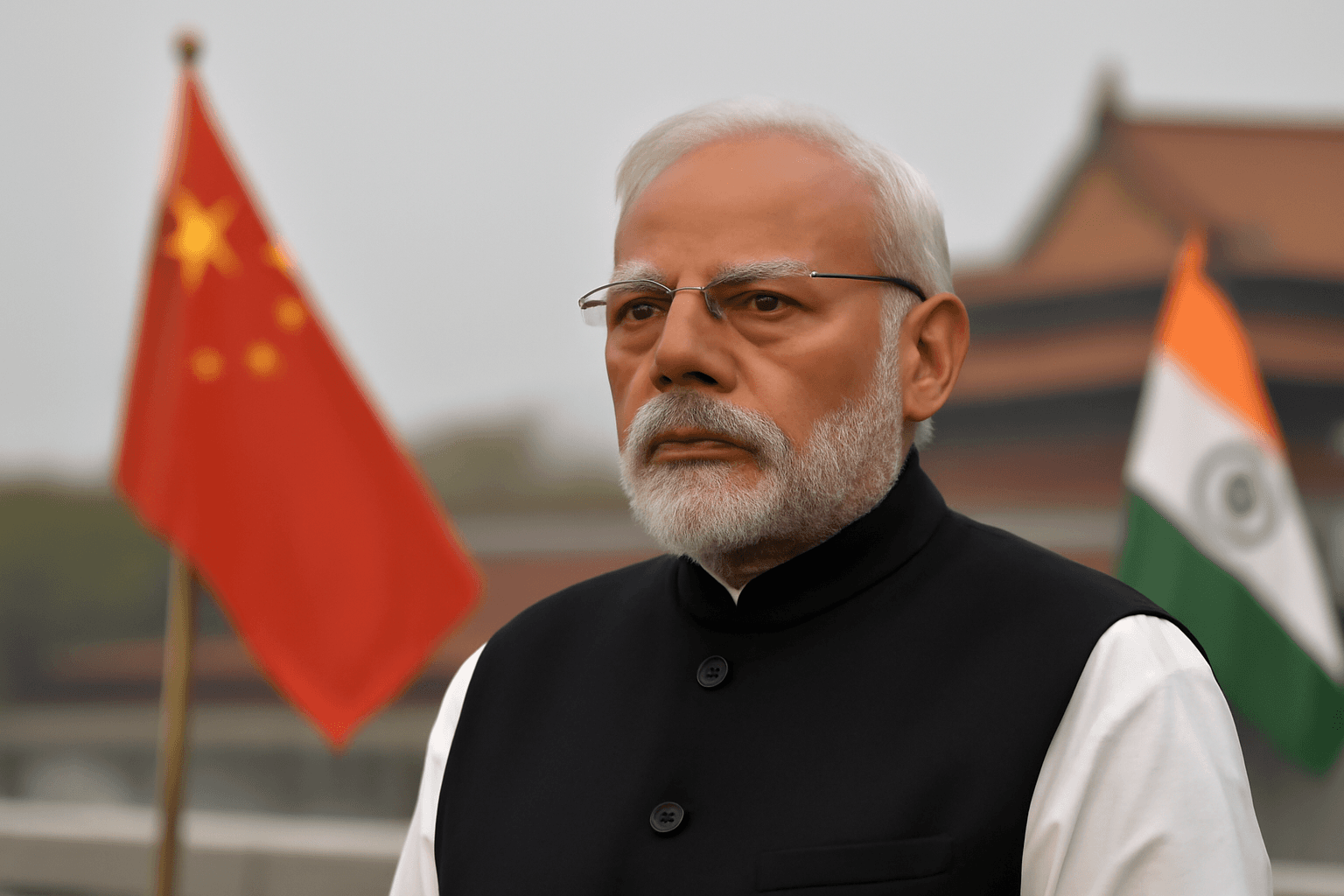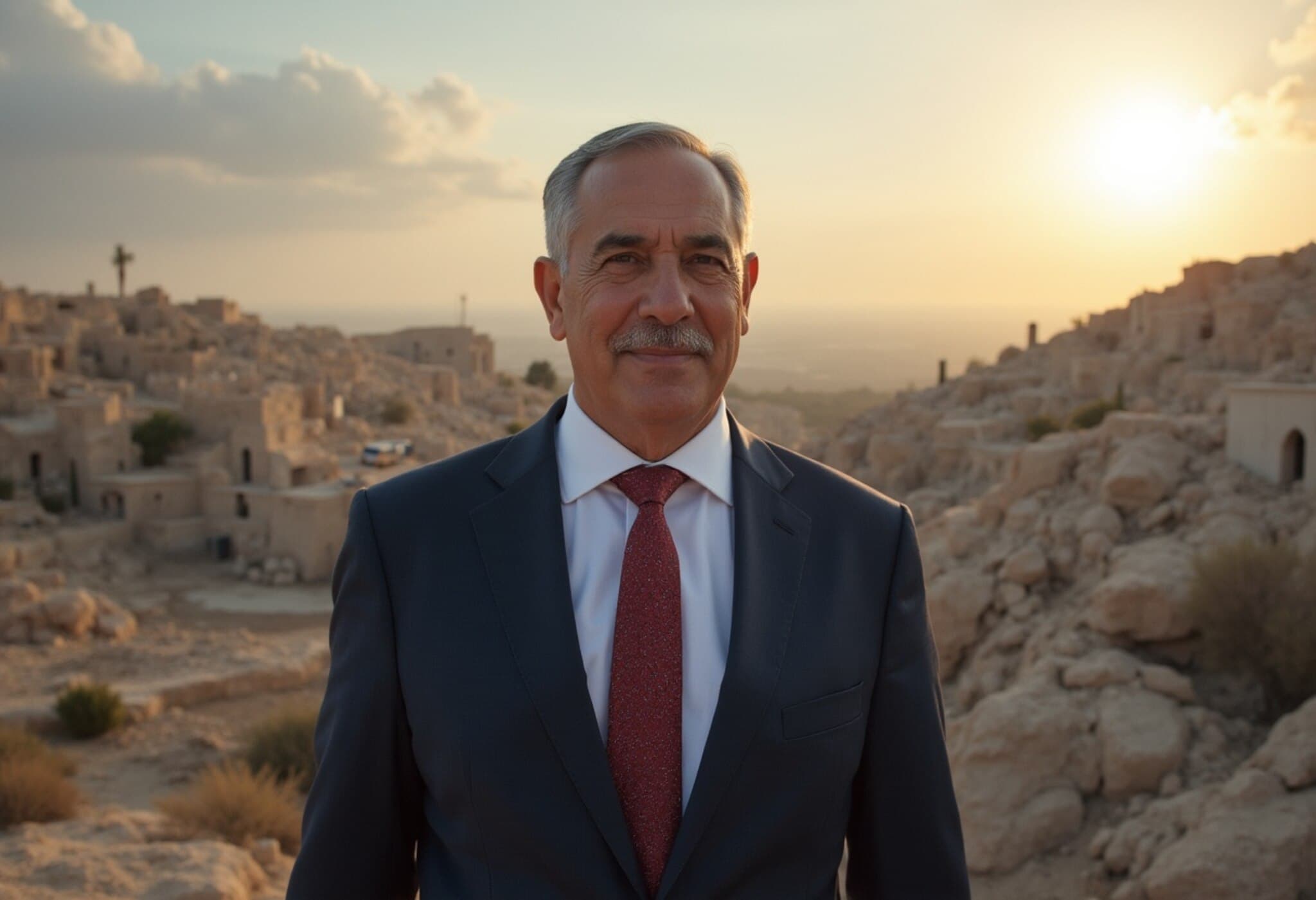China Advocates Closer Partnership with India Amid Strained U.S. Relations
In the midst of growing complexities in India-US relations, China has expressed a hopeful and strategic outlook towards enhancing its partnership with India. On August 14, 2025, a Chinese Foreign Ministry spokesperson, Lin Jian, emphasized the importance of a synergistic relationship between the two Asian giants — metaphorically described as the "dragon and the elephant" — working hand in hand to foster mutual success.
The Symbolism of the Dragon and the Elephant
China and India occupy pivotal roles as major developing countries and influential members of the Global South. Lin Jian articulated that a "cooperative pas de deux" between these two nations represents not only a symbolic partnership but a pragmatic choice for thriving together in a rapidly evolving geopolitical landscape. This analogy reflects how these culturally distinct yet economically dynamic nations can complement one another's strengths.
Signaling Diplomatic Engagements and Confidence
Addressing rumors of a potential visit by Chinese Foreign Minister Wang Yi to Delhi on August 18, Lin confirmed ongoing communications at multiple levels between the two governments. While specifics remain pending, China conveyed a strong commitment to advancing the “important common understandings” established by high-level leadership exchanges, enhancing political trust, and deepening practical cooperation.
A Gradual Resumption of Bilateral Connectivity
Adding to the thaw in relations, there are reports that Indian airlines have received instructions to prepare for the reinstatement of direct flights between India and China. Official announcements about this development are anticipated during the forthcoming Shanghai Cooperation Organisation (SCO) Summit later this month, where Prime Minister Narendra Modi will participate, marking his first visit to China in seven years. A bilateral meeting with Chinese President Xi Jinping on the sidelines of the SCO Summit is likely, a crucial moment to reshape the diplomatic narrative.
Recent Policy Shifts and Economic Signals
Beijing has already demonstrated goodwill by easing restrictions on fertilizer exports to India, a significant input for India's agriculture sector. This gesture could be viewed as part of China’s broader strategy to recalibrate its economic engagement with India, a country whose growing market remains vital.
Context: The US-India Tensions
This rapprochement comes as New Delhi and Washington face diplomatic strains, notably triggered by a 50% tariff imposed by the Trump administration on Indian exports. The tariff hike has unsettled Indian industries and could be tilting India’s foreign policy compass towards fostering greater ties with other global powers, including China.
Expert Insights: Navigating the Triangular Dynamics
From a geopolitical perspective, the evolving India-China engagement against the backdrop of cooling India-US relations introduces a delicate balancing act. India's traditional approach has been to maintain strategic autonomy, cultivating multi-vector diplomacy to maximize economic growth and security.
However, with US tariffs impacting trade and China signaling willingness to deepen cooperation, the economic calculus might shift, especially in sectors like agriculture, infrastructure, and technology.
Moreover, the symbolic 'dragon and elephant' partnership evokes a nuanced message: while historical border disputes linger under the surface, shared developmental priorities could drive collaboration beyond political differences. Yet, skeptics argue that sustainable improvement depends on resolving outstanding security concerns alongside economic engagements.
Looking Ahead: SCO Summit and Beyond
- The SCO Summit will serve as a critical diplomatic stage where India-China interactions may gain momentum.
- Direct flights resumption could enhance business and people-to-people contacts, reinforcing trust.
- Monitoring Washington's response to this shift will be essential, as US-India ties continue to influence regional stability.
Editor’s Note
The metaphor of the 'dragon and elephant' embarking on a cooperative dance captures more than a diplomatic platitude; it symbolizes a pivotal moment of possibility amid geopolitical shifts. As India navigates the choppy waters between its longstanding partnership with the US and an increasingly assertive China, the coming weeks will reveal how deeply this strategic recalibration can take root. Are economic pragmatism and mutual development goals enough to overcome political mistrust, or will the ghosts of border conflicts resurface? The answers will shape Asia’s future for years to come.

